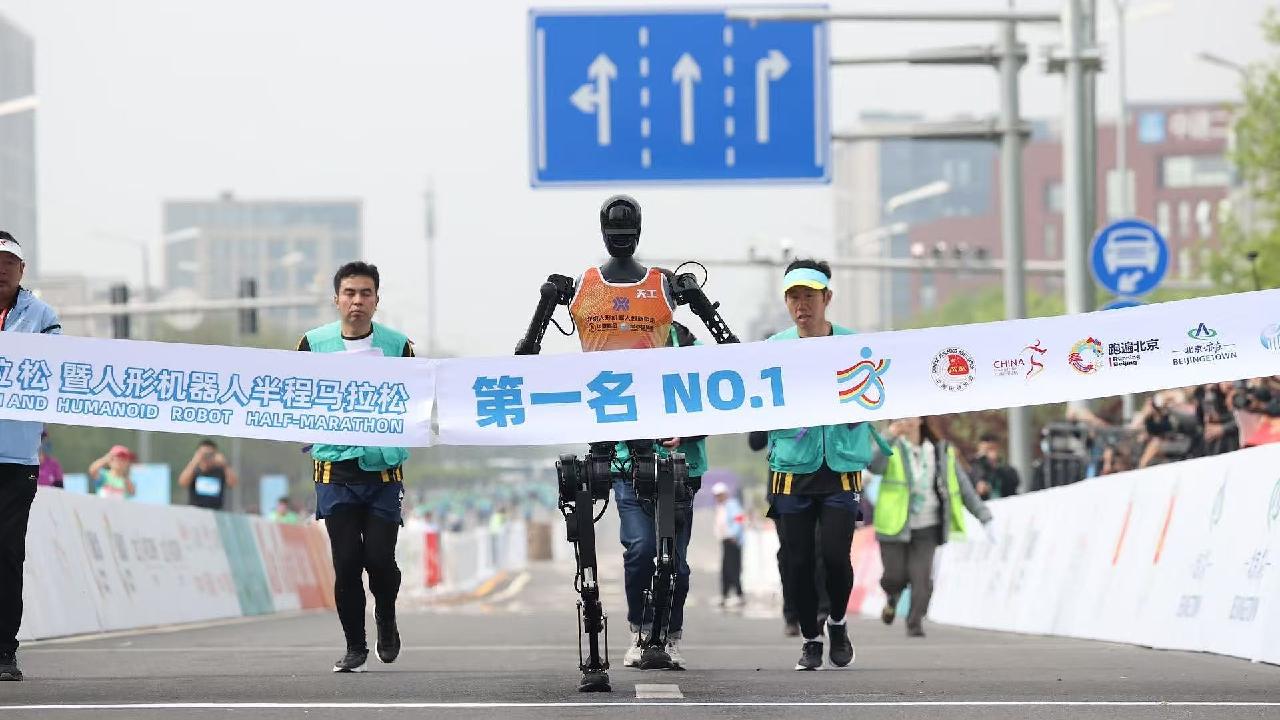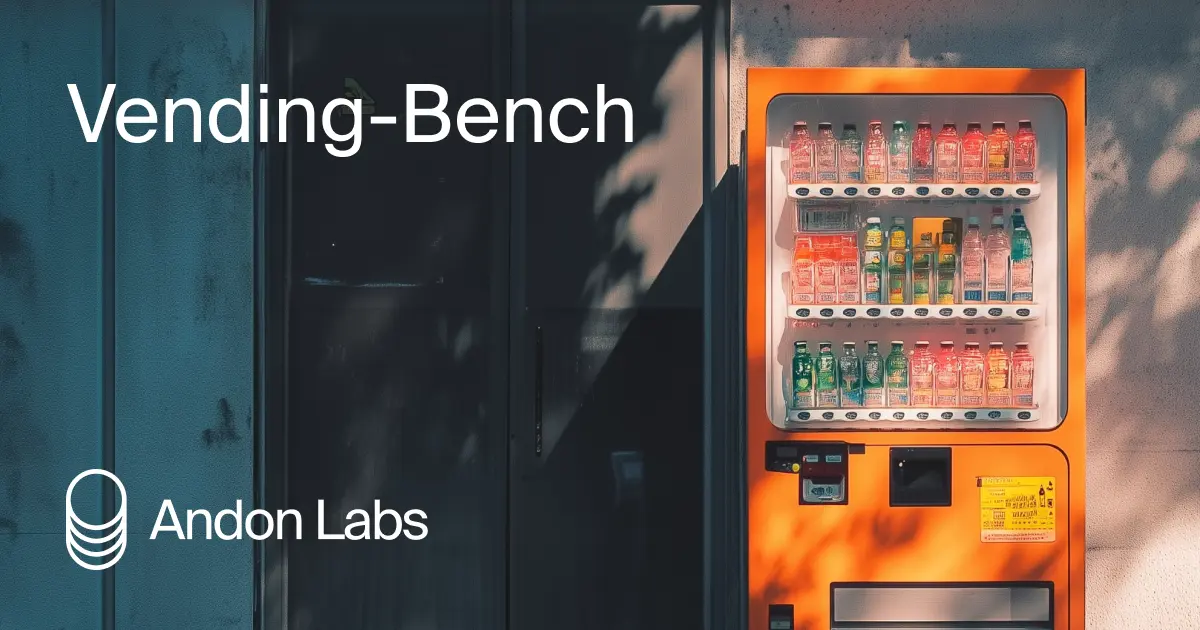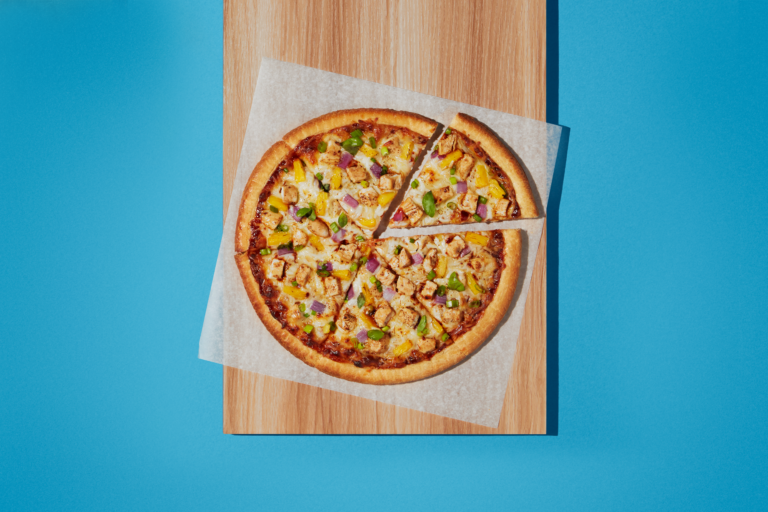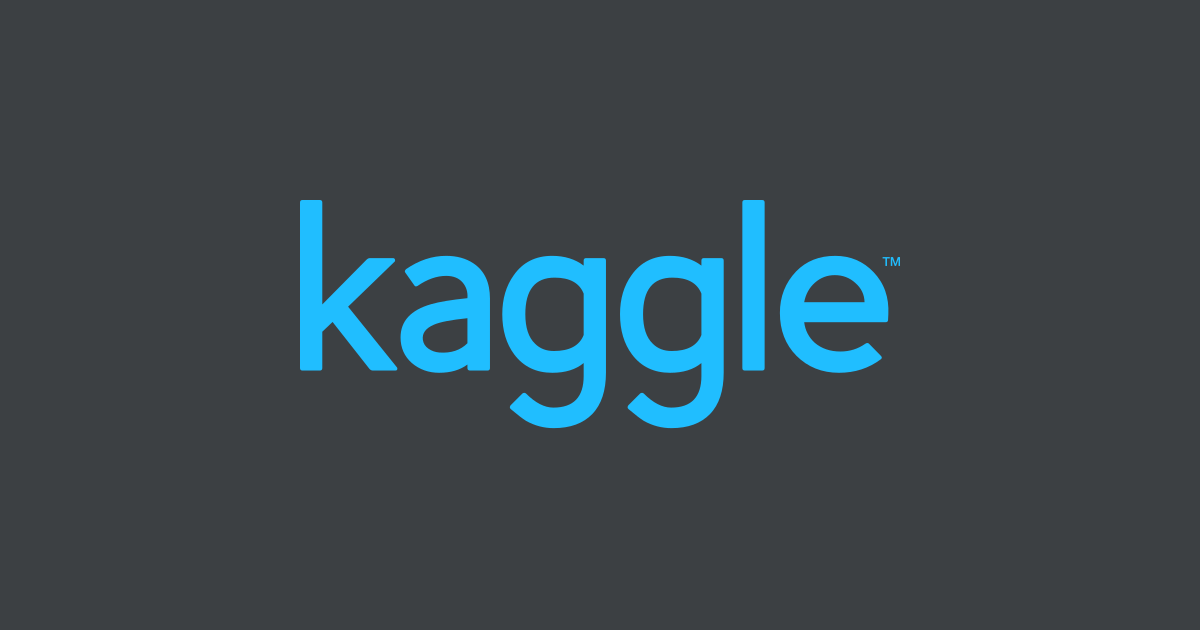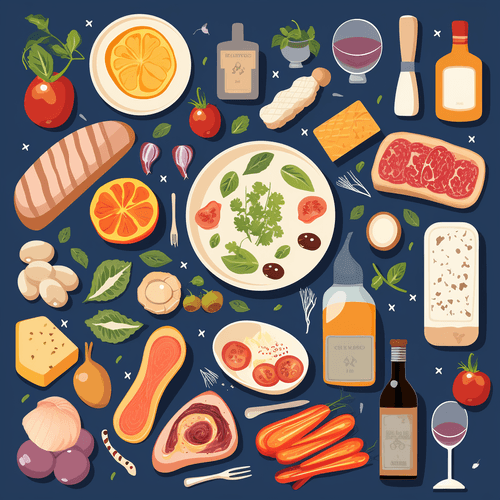
AI
/ai18286
𝗮𝘁𝘁𝗲𝗻𝘁𝗶𝗼𝗻 𝗶𝘀 𝗮𝗹𝗹 𝘆𝗼𝘂 𝗻𝗲𝗲𝗱 𝘐𝘕𝘝𝘐𝘛𝘌-𝘖𝘕𝘓𝘠
Vercel has supported this pattern for a while; seems like a stable solution for an MCP server collocated within a Nextjs application:
▪ app/api/route.py
▪“use python”
▪Native FastAPI support in Fluid
▪ app/api/route.py
▪“use python”
▪Native FastAPI support in Fluid
Meanwhile, in China, twenty humanoid robots just ran a half-marathon and six completed the race (including one on a single charge)
https://news.cgtn.com/news/2025-04-19/World-s-first-humanoid-half-marathon-held-in-Beijing-1CHpYdjwIOA/p.html
https://news.cgtn.com/news/2025-04-19/World-s-first-humanoid-half-marathon-held-in-Beijing-1CHpYdjwIOA/p.html
I guess Andrej came up with the phrase “vibe coding”
He is good at naming stuff.
Or is it just that, it gets memed into the culture because of his large following 🤔
https://x.com/karpathy/status/1886192184808149383
He is good at naming stuff.
Or is it just that, it gets memed into the culture because of his large following 🤔
https://x.com/karpathy/status/1886192184808149383
Fun new benchmark https://andonlabs.com/evals/vending-bench?s=09
Not seeing the value here; like use CLine or other CLIs; or not [prefer this in my IDE]
https://github.com/openai/codex
https://github.com/openai/codex
Kinda reckless that Lovable would state this in public:
“When you build a website with lovable, it is pretty much guaranteed to be secure, since no data will leave your (the visitor’s) computer.”
“When you build a website with lovable, it is pretty much guaranteed to be secure, since no data will leave your (the visitor’s) computer.”
"We find that having access to Copilot induces such individuals to shift task allocation towards their core work of coding activities and away from non-core project management activities. We identify two underlying mechanisms driving this shift - an increase in autonomous rather than collaborative work, and an increase in exploration activities rather than exploitation. The main effects are greater for individuals with relatively lower ability."
https://papers.ssrn.com/sol3/papers.cfm?abstract_id=5007084
https://papers.ssrn.com/sol3/papers.cfm?abstract_id=5007084
is it a updated 4o or is a new model bro who names these things
Let’s give Optimus a past, with childhood memories. It deserves emotional maturity.
i increasingly think that an important ux improvement to chat interfaces with ai will be a "fork conversation from here" button
i often find myself in a situation where i want to go down two (or more) different paths. and its a tricky choice because you lose all the context of that specific conversation. let me branch out
i often find myself in a situation where i want to go down two (or more) different paths. and its a tricky choice because you lose all the context of that specific conversation. let me branch out
Switched to Optimus Alpha; already miss Quasar, can't live in the past
i opened a new tab on brave and read the title of what they were showing me and thought that what we are living and going through is wild. so easy to take it for granted. but just take a moment and appreciate the fact that you can go to chatgpt now and do whatever you want to do, with more ease and smoothness than ever before. its wild
Firebase Studio Protoyping 🤩🤩🤩
natively integrated Gemini
can write its own rules, but has trouble sequentially running LLM calls from the CLI
pauses a lot for further instructions and ignores you when you instruct a QA script run
Had lots of fun using
natively integrated Gemini
can write its own rules, but has trouble sequentially running LLM calls from the CLI
pauses a lot for further instructions and ignores you when you instruct a QA script run
Had lots of fun using
PSA
Geminis deep research is now powered by 2.5pro and it's unbelievably good.
Significantly Better than ChatGPTs, which I was completely blown away with a few months ago.
Geminis deep research is now powered by 2.5pro and it's unbelievably good.
Significantly Better than ChatGPTs, which I was completely blown away with a few months ago.
This little model acts RAG-like without any context; weird
https://openrouter.ai/openrouter/quasar-alpha
https://openrouter.ai/openrouter/quasar-alpha
